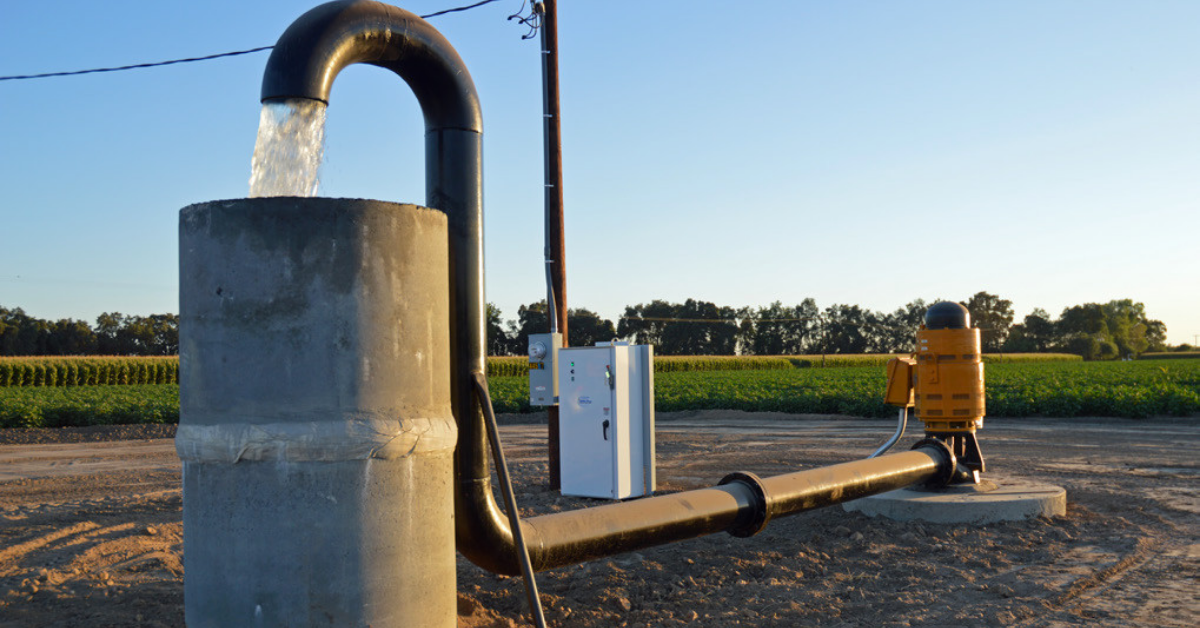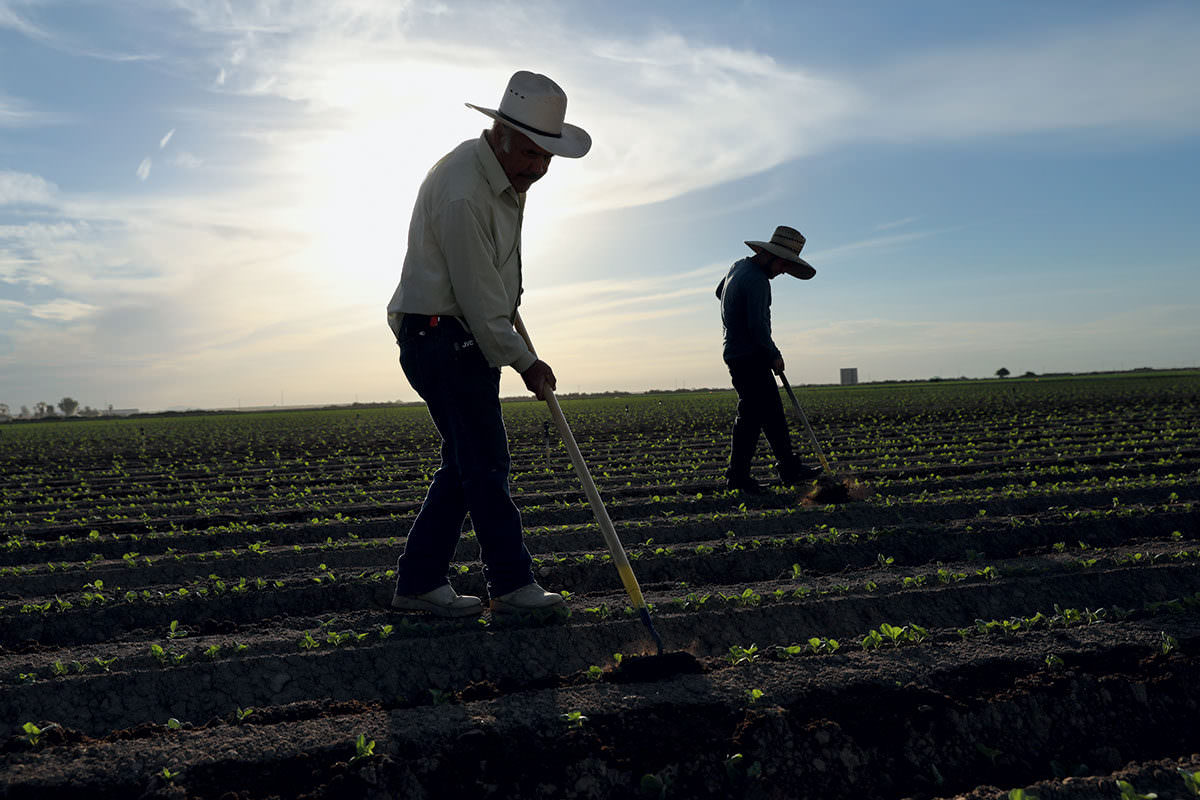Westlands Water District has recharged about 60,000 acre feet of water over the past few months as it works to take advantage of the increased water supply this year.
The district released its latest data in its groundwater recharge efforts this week, detailing its work through May.
The big picture: Westlands’s recharge efforts resulted in 24,000 acre feet of water stored in May alone.
- The total of 60,000 acre feet was recharged from the beginning of the water year, which started on March 1.
- The district’s goal is to have over 200,000 acre feet of total recharge by the end of the water year – Feb. 29, 2024.
- Westlands currently offers three groundwater recharge programs to help landowners. Such project types include percolation basins, flood irrigation, sublateral recharge and dry well injection.
- Further projects will come online over the next several months. Westlands has processed 273 applications for 61 aquifer storage and recovery projects, 131 flood managed aquifer recharge projects, 77 percolation basins and four sublateral projects.
What it matters: Groundwater recharge is a process that moves water from the surface into an underlying aquifer and is a critical tool to hedge against future droughts and help improve groundwater levels.
- Groundwater levels have increased by 40 feet from last fall, now coming in at -54 mean sea level.
What they’re saying: Westlands General Manager Allison Febbo said the recharge efforts will help ensure that the district meets its Groundwater Sustainability Plan while allowing farmers to save water for the following year.
- “We recognize the next drought is not if but when, and it is critical we use extra water to prepare for future years when water may be sparse,” Febbo said.
- Febbo continued, “This is a statewide problem where we need to prioritize collaboration and develop multifaceted solutions to address California’s water crisis. That’s why we are committed to exploring and implementing creative approaches to maximize water use efficiency and storage and improve climate resilience.”











